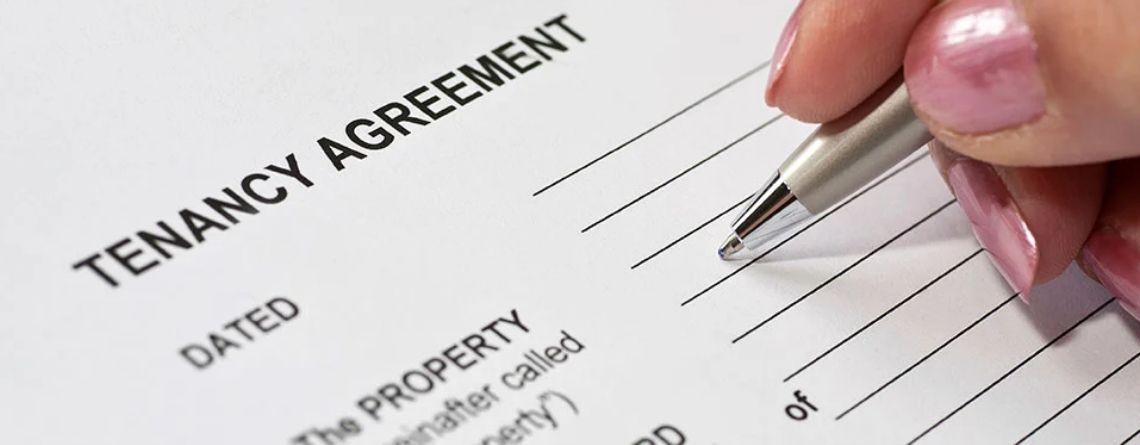Welcome to the tenancy section of our website. This section of our site caters for landlords and tenants and provides individual tenancy documents such as the shorthold tenancy agreement. This is available as a standard assured shorthold tenancy agreement or as an assured tenancy agreement. All our tenancy documents are available in Word and PDF format so that you have the flexibility of being able to create and save final documents online or save the template to your computer. You can use the document as a sample agreement for future use if needed. Once purchased the document is yours to use as many times as you want.
Assured Shorthold Tenancy Agreement
Assignment of Tenancy Agreement
Tenancy Agreement Templates
A tenancy agreement is a contract between a landlord and a tenant and sets out the contractual rights and obligations of each party. The landlord has to give their tenant a tenancy agreement and depending on the nature of the tenancy the law may imply certain provisions into the contract. We set out below much more detail about tenancy agreements and tenancy law so that you can be sure to know which type of document suits your situation.
There are three kinds of tenancy agreements:
- 1. The Assured Shorthold tenancy agreement – The common type used by landlords letting all or part of a residential property.
- 2. The Assured tenancy agreement – where individual tenants reside in the same house and sign one agreement between them all; and
- 3. The Regulated tenancy agreement – where the landlord lives within the let property.
To understand in detail the key differences between the above types of tenancy agreement read our guide to tenancy agreements. This guide explains in detail about the tenancy agreement forms and sample tenancy templates. All tenancy agreements must sign by both the landlord and tenant(s). Once signed, the tenancy agreement shall be legally binding and all that are named on the agreement must adhere to the agreement.
Landlords are able to use their own tenancy agreements rather than that of an expensive high-street solicitor’s. You can download our DIY tenancy agreement for a cheaper alternative.
Shorthold Tenancy Agreements
A shorthold tenancy agreement will not usually be used on its own.
Our DIY tenancy agreements explain how the agreement will be carried out by the landlord and tenant and these forms can be changed to reflect the terms either party would like to be contained in the agreement without compromising the legal integrity of the agreement.
Under the law, all landlords and their tenants must a binding agreement in place between them.
Typical Terms in a Tenancy Agreement
The terms and clauses in a typical tenancy agreement include:
- Rent – when this will be paid;
- Deposit – the amount and where it will be held, what conditions it will be returned;
- The permitted use of the property by the tenant;
- Subletting – no subletting is to be done by the tenant;
- Repairs and alterations by the landlord and tenant;
- Utilities and out-goings to be paid by tenant;
- Landlord’s covenants to the tenant;
- The default of tenant – what will happen if the tenant is in arrears;
- Guarantee and indemnity – whether there is a guarantor for the tenant’s rent;
- Reservation of the landlord’s right to enter the property;
- Expiry of the tenancy – the order of dealings and the return of the keys to the landlord and the return of the deposit to the tenant.
The terms listed above are the basic provisions placed in general tenancy agreements and can be easily amended in a number of ways. For example, the agreement would need to be amended if there was a guarantor for the tenant as the agreement would need to be signed by the guarantor as well as the landlord and tenant(s).
